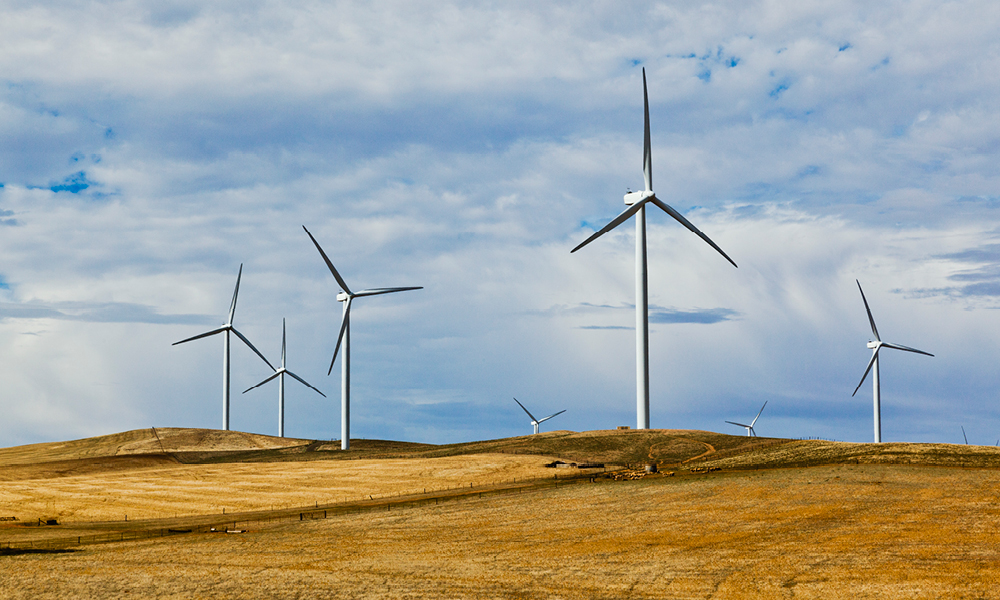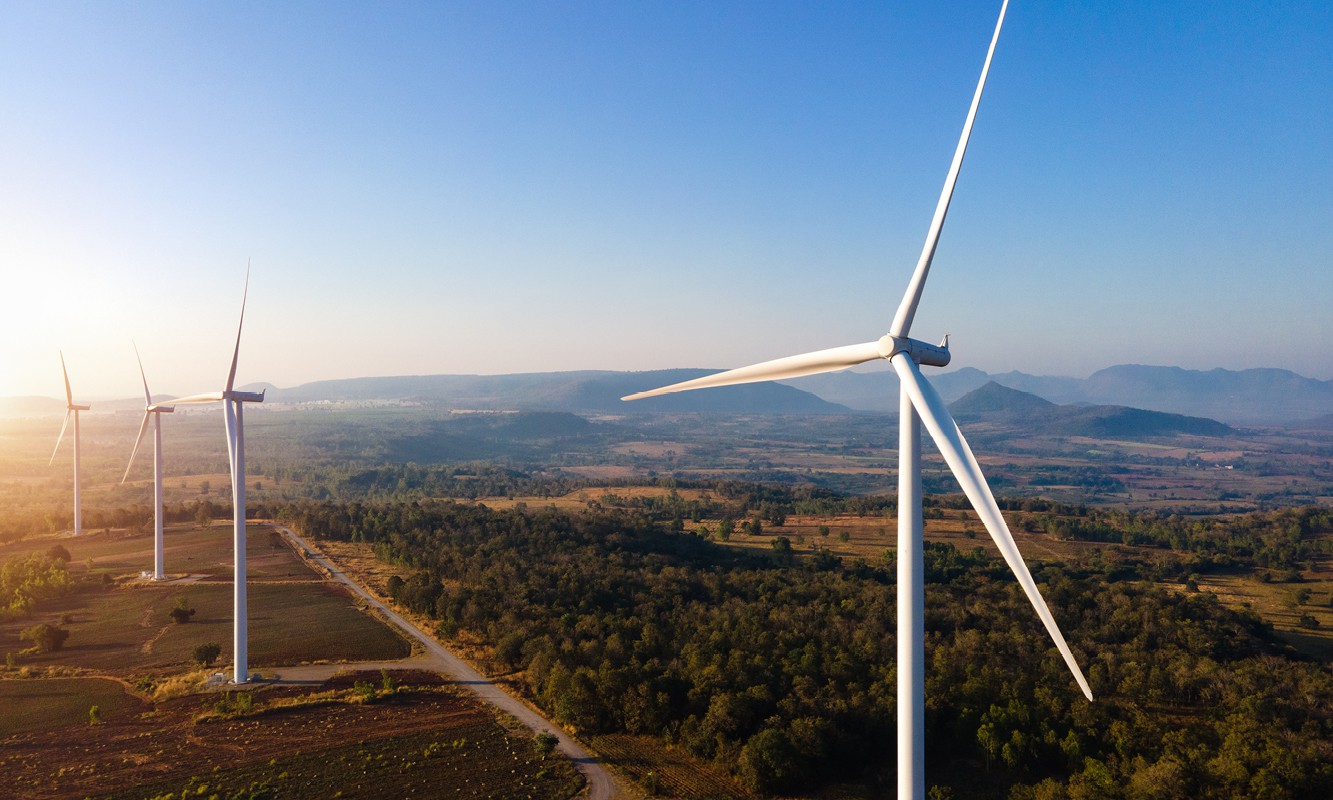In a post-COVID-19 world, where governments seek to stimulate the economy with job-creating projects, regional practitioners can expect an upswing in clients being approached by proponents of solar and wind farms.
Not unsurprisingly, Queensland has been identified as particularly suited to solar and wind energy development and the State Government has announced a target of achieving 50% of its energy requirements from renewable sources by 2030.1
Practitioners in regional areas have often had some experience with negotiating access and compensation arrangements for landowners dealing with gas or mining companies, but dealing with renewable energy proponents involves a very different set of considerations.
This article is not intended to be an exhaustive checklist of all issues that practitioners should turn their minds to when advising clients, but hopefully it offers some insights that may be of assistance.
The author gratefully acknowledges the input and assistance of Peter Apel from Apels Solicitors, Mareeba, for his insights and contribution.
It is different from dealing with gas and mining companies
At the outset, it is important to note that, unlike dealing with a resource authority holder for gas or mineral exploration on your client’s property, there is no statute or court-based means of deciding fair compensation for a landowner for the use of the land by the proponent.
Any arrangement proposed is a purely commercial arrangement – if the landowner does not want to deal with the proponent, they do not have to do so. Conversely, the proponent does not have to, and generally will not, deal with an unwilling or difficult landowner.
Typically, a landowner with a potentially suitable site is approached to sign an option to lease the land for potential use as part of a renewable energy project. Practitioners should consider the option and the lease proposed by the renewable energy operator as they would any arms-length commercial property deal.
All renewable energy proponents that this author has dealt with have a number of fixed terms that they feel unable to move from in any negotiations. These are issues that will impact the ability of the company that eventually undertakes the proposed project to secure funding for the project. These issues are known in the industry as ‘bankability’ issues.
In the United Kingdom, renewable energy generator deals with landowners are sometimes linked to a share of electricity profits generated above a minimum base output from the project so that the landowner shares in the upside of technology advances. The author has not seen any enthusiasm for this so far from proponents, and most seem to reject this proposition as an unacceptable bankability issue.
What renewable energy proponents are looking for
For solar farms, a potential site needs to be within a two to five-kilometre radius of an electricity substation in an area where there is accessible spare capacity within the electricity grid. The site needs to be located close to a sub-station to mitigate transmission losses.
The situation differs slightly for wind farms, in that often the proponent will build its own sub-station, but the site still needs to be located in an area that has suitable spare capacity in the electricity grid. The site also needs to be in an area with suitable geography and demonstrably reliably windy.
At the moment in Queensland, areas with identified suitable spare grid capacity are:
- The Darling Downs: There is excellent spare grid capacity of about 3000MW with a strong existing electricity infrastructure network, proximity to the South-East Queensland load centre and the New South Wales 330kV interconnector.
- The Fitzroy Region: There is also good spare capacity of about 2000MW, a strong electricity network and good access to load centres in Central and Southern Queensland, with scope for additional space capacity when coal-generated power is retired.
- To a lesser degree, North Queensland (including Townsville) and the Isaac Region: Both of these areas have good spare capacity but have some issues with effective interconnection and sharing of capacity with areas outside their regions.
Some issues to consider
Your client is unlikely to be the only potentially suitable site being investigated by the proponent in the area.
Also, beware of the proponent tying up your client’s land under long-term options:
- Because spare capacity in the grid is finite, it is a race by proponents to get their project approved and take up the spare capacity before competitors do.
- There will probably also be other, competing, proponents also interested in getting a foothold in the area.
- Just because a proponent wants to sign your client up to an option to lease does not necessarily mean the proponent is keen to develop on your client’s property. The proponent may be taking a strategic blocking position with your client’s land to keep other proponents out of the area while the proponent works on its preferred site.
Practitioners may wish to consider limiting the initial option period to a year or so and allow the proponent to extend the option period on providing evidence that it has advanced with applying for approval for use of the site and payment of a further fee for each period of extension.
Practitioners should consider recommending their client seek a reasonable upfront payment for the grant of the lease option. There is no certainty that your client’s land will ultimately be the parcel that gets an approval to construct the renewable power plant, but your client will certainly incur costs in reviewing and negotiating the proposed terms. A client will usually appreciate at least having an option fee of sufficient size to ensure that it is not out of pocket for the legal costs of reviewing and negotiating the option to lease.
From a practitioner’s point of view, most of the work involved is with the review and negotiation of the option, as that is where the practitioner also needs to review and negotiate the lease terms. For that reason, the allowance for costs on the option should be substantial.
In the author’s view, it is unlikely that a practitioner can review and negotiate the option and end-lease terms within a $3000 cap as often proposed by the proponent. Almost inevitably, the proponent does not readily agree to any attempt to increase the provision for legal advice and assures the client or practitioner there is nothing much to the job. The author’s response to that has been that it then seems difficult for the proponent to object to reimbursing costs if charged on an hourly charge rate…
It does not seem to be a default offer from proponents, but it is recommended that a practitioner seek amendments to the lease and the option for payment of the landowner’s legal costs in dealing with:
- proponent required amendments to the option or lease – experience is that often proponents need to amend something to satisfy a potential investor, and
- consents required from the landowner. The author has been advised of an instance where a partially completed project was sold to an overseas-based pension fund. The project buyer submitted a landlord right of entry deed required by the incoming buyer’s bank (Cayman Islands based). The right of entry deed ran to 170 pages and had some significant restrictions on the landowner. The negotiation of terms took three weeks and included a midnight conference call with lawyers in Bonn, New York, London and Sydney).
The nature of these things seems to be ‘all or nothing’ – the author has not seen two competing proponents both proceed in an area that has suitable substation access to an area of the grid with spare capacity.
A significant upfront fee for the grant of a lease option recognises the opportunity cost to your client in committing to the deal with the proponent. The opportunity cost is the risk your client takes in dealing with this particular proponent as your client cannot deal with more than one proponent at a time and there is no saying which, if any, proponent will be successful.
Projects are often optioned by an enterprising entrepreneur to be eventually on-sold to a larger aggregator or operator who actually has the financial capacity to build the project. It is worth bearing in mind that the company your client is negotiating with is quite possibly not going to be the one that builds or operates the power plant on the property.
Practitioners should ensure their clients understand the implications of this, particularly in relation to representations made by the proponent about future conduct or likely activities. In the end, the landowner must be satisfied that all of the matters that are important to them are clearly reflected in the documentation they are signing.
In the option terms, a practitioner might consider recommending amendments so that the proponent:
- must give reasonable notice before any access to the site, and not unreasonably interfere with the landowner’s normal operations
- acknowledges and agrees to observe the landowner’s farm biosecurity obligations and keep and supply on request all required records
- observes the landowner’s reasonable occupational health and safety requirements and directions
- ensures that all of the proponent’s contractors have, and produce evidence of, suitable insurances
- fences the investigation site and any excavations or structures, keeping the site safe for people and livestock
- commits to prompt make-good after undertaking any works
- agrees to provide alternate water infrastructure and roads at proponent’s expense in a location of landowner’s choosing when the proponent activities interfere with the existing infrastructure.
The lease term, rent reviews and contributions to rates and land tax need to be considered carefully by your client before being agreed:
- Proponents typically want a 30-year lease with fixed rent increases or increases in rent only in line with CPI rises throughout the 30-year period. This seems to be a key ‘bankability’ requirement.
- While the starting rent usually seems attractive initially, history indicates that agricultural property values have generally increased at much greater rates than the cost of living. If this happens and the lease does not allow a review for the rent to catch up, then the value of your client’s property may fail to track alongside equivalent farming land value in the area. This is because it is likely the property will be valued as a commercial investment (not a farm) and most commercial leases provide for some sort of rent review to fair market every five to 10 years.
- Having the lease require the tenant operator pay for rates and land tax is important as the change in nature of use from rural to power generation will likely change the rating and land tax treatment of the property, significantly increasing these charges.
- Proponents don’t talk about it much, but every deal the author has reviewed contains a ‘termination for convenience’ clause that allows the operator to break the lease, without penalty, if it feels it is impacted by changes in its circumstances. The effect of this is to change your client’s 30-year lease to a lease that binds the landowner for up to 30 years but can be ended by the tenant on six month’s notice without penalty for early termination. Whilst there may be room to negotiate for a longer period of notice before termination, the issue appears to be a bankability issue and so proponents insist the right remains. Clients should be clearly advised of the issue and the risks involved.
While the power generated ultimately from your client’s property may be renewable or ‘green’, there could be a lot of hard infrastructure built on the property that may impact operations on other parts of the property.
Practitioners should turn their mind to the operation of the site during the term and the process of making good at the end of lease. Two issues come to mind in particular:
- Proponents will usually want the opportunity to store power on site so that it can be supplied in to the grid at times of peak demand. Practitioners should consider the possible impact of having large storage batteries on the land in addition to the solar panels or wind turbines, storage depots and access roadways. It is not inconceivable that the existence of that infrastructure may become an impediment to organic certification for the farming operation or the like.
- At the end of the lease (which may or may not be 30 years away), there will be large pieces of metal and other infrastructure that will need to be removed from the site before it can be returned to agricultural operations. Practitioners should be aware that unlike mining or CSG leases, there is no reserve security amount paid by proponents to the government for the grant of the right to operate, so there is no pool of money available to remove the solar panels or turbines if the operator fails to do so at the lease end. The author has not had to price this event for a client yet, but clearing off the infrastructure to return the land to pastoral or agricultural use could be very expensive and generally, the proponent does not give any form of guarantee or security for end-of-lease make-good obligations.
Regardless of your client’s view about the value proposition of the proposed lease, if the property is used as security for bank loans your client should be careful not to commit irrevocably to the option until its financier has approved the option agreement.
Financiers may not agree to the lease arrangement if the financier is concerned the ultimate lease may reduce the value of the property in the long term. There is no easy fix for this friction because of the bankability issues for the proponent. In the author’s experience, leases to renewable energy operators best suit a landowner that has no debt secured against the property or the property is owned in a superannuation fund.
As a final observation, practitioners might consider whether their client is better served by requiring that the proponents planning application is for a reconfiguration of the land to create a new lot rather than to allow a long-term lease.
If your client ends up with a separate title for the renewable energy land, it greatly simplifies the rates and land tax issues. Other potential bonuses of a separate lot is flexibility for the landowner to retain that land as an income stream into retirement, even if they sell the rest of the farm and simplifying dealings with their bank, who may allow that lot to be released from security over the balance of the rural land.
Concluding thoughts
Renewable energy is the future and will not be going away. Renewable energy infrastructure is expensive and the arrangements for producing renewable energy involve long-term commitments that will impact the land and its value for 30 years or more.
Practitioners advising clients whose land is being considered for renewable energy production owe a duty of care to their clients to ensure that their client is properly advised. It is a long-term commercial transaction – please think through your advice carefully.
Tony Randall is a Director at Murdoch Lawyers, Toowoomba, and a QLS Accredited Specialist (property law).
Footnote
1 Powering Queensland Plan – Department of Energy and Water Supply, July 2017.







Share this article